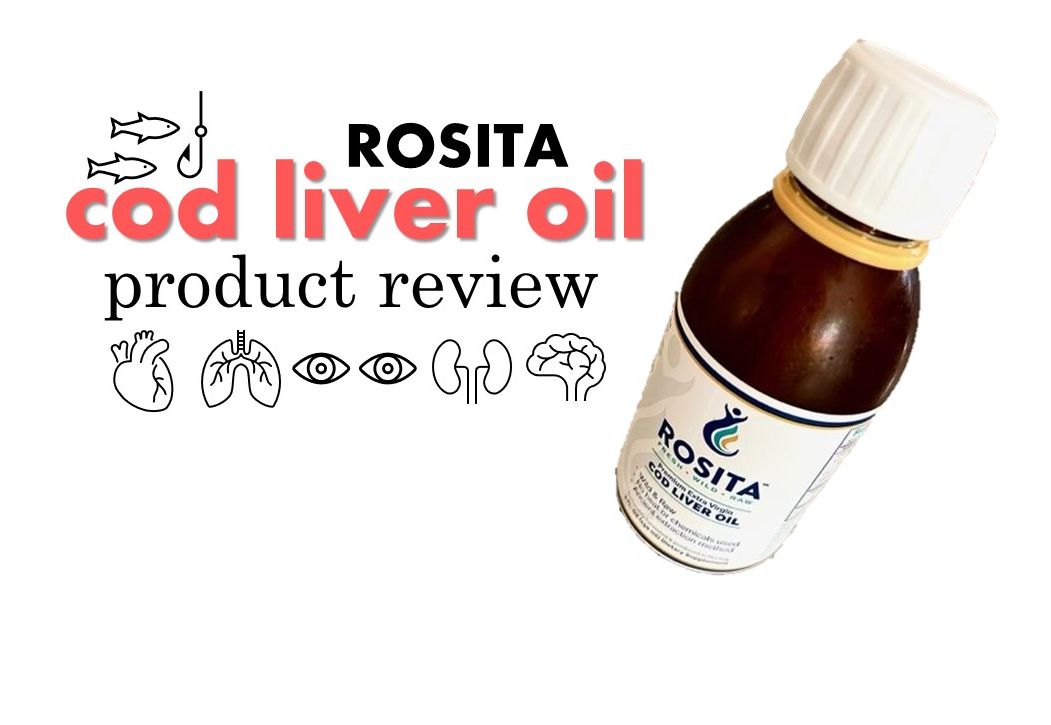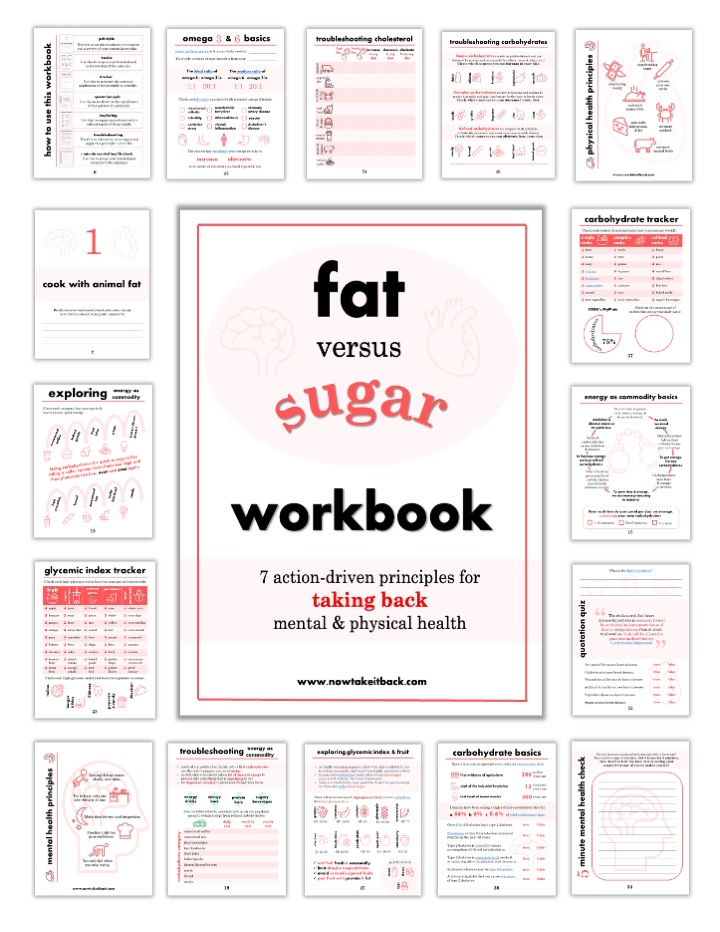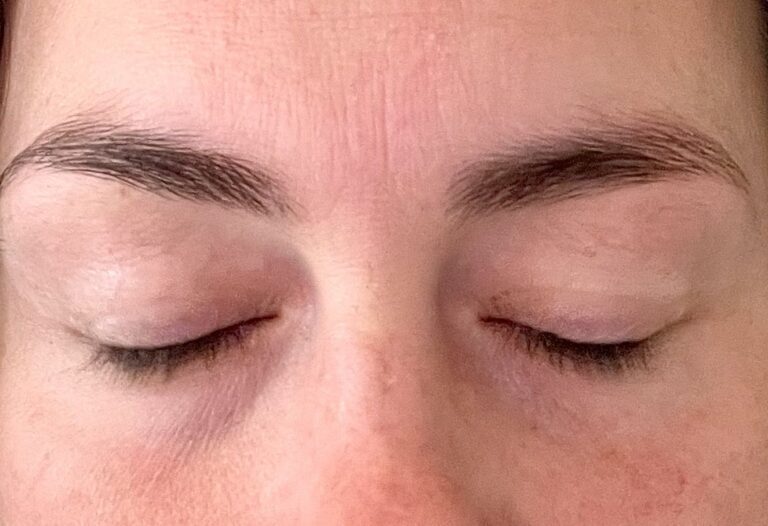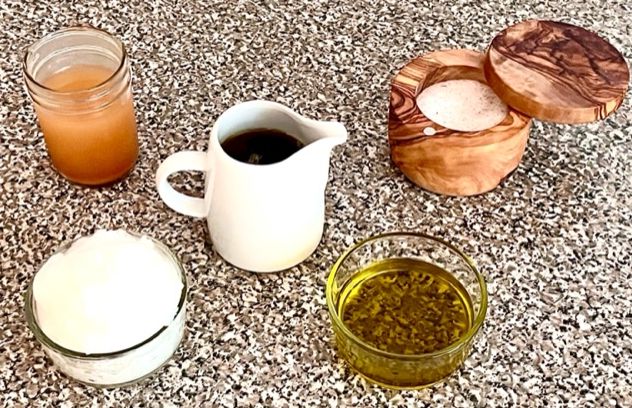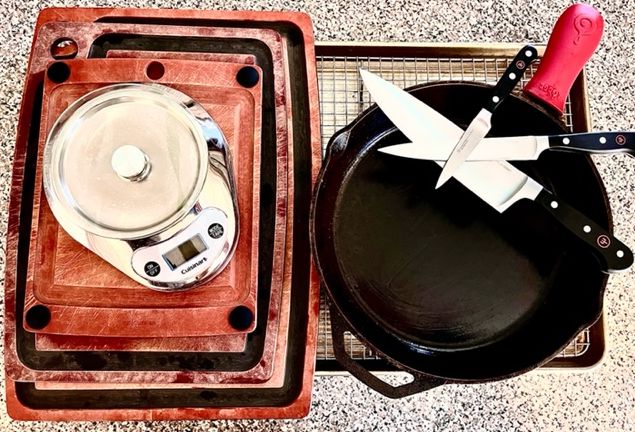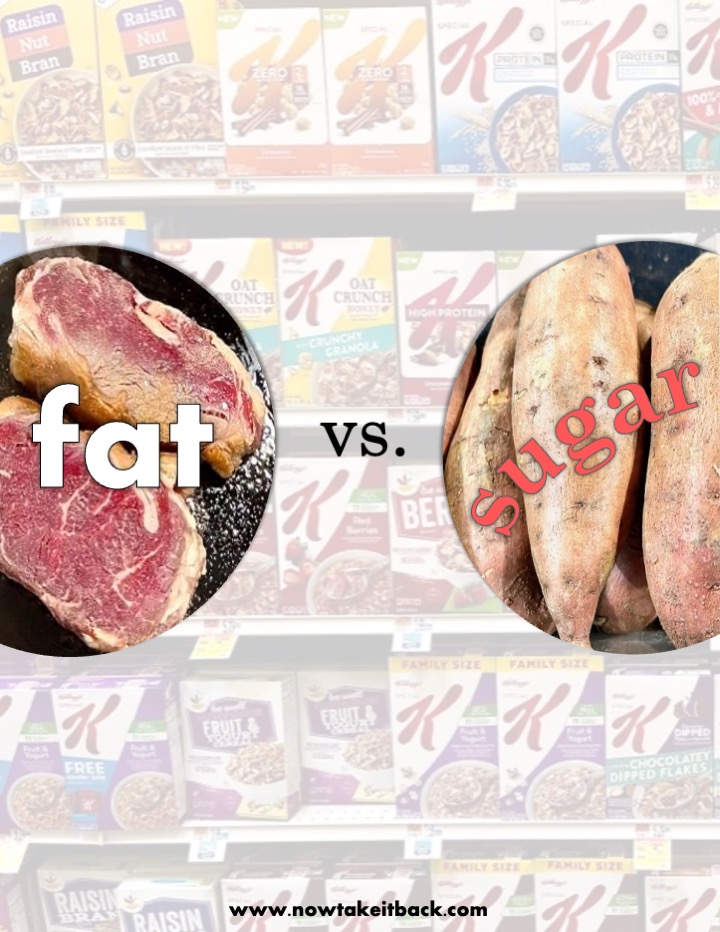Rosita Cod Liver Oil
What is Cod Liver Oil?
Cod liver oil (CLO) is an oil that naturally occurs in the livers of Gadus morhua and other species of cod. It is one of the oldest forms of nutritional supplementation due to its nutrient density, but it’s actually a real food, not a synthetic supplement.
medical advice disclaimer: This website does not provide medical advice and is intended for informational purposes only. Any statements or claims about the possible health benefits conferred by any foods or supplements have not been evaluated by the Food & Drug Administration (FDA) and are not intended to diagnose, treat, prevent or cure any disease.
affiliate disclaimer: This post contains affiliate links. See my full affiliate disclosure for more information.
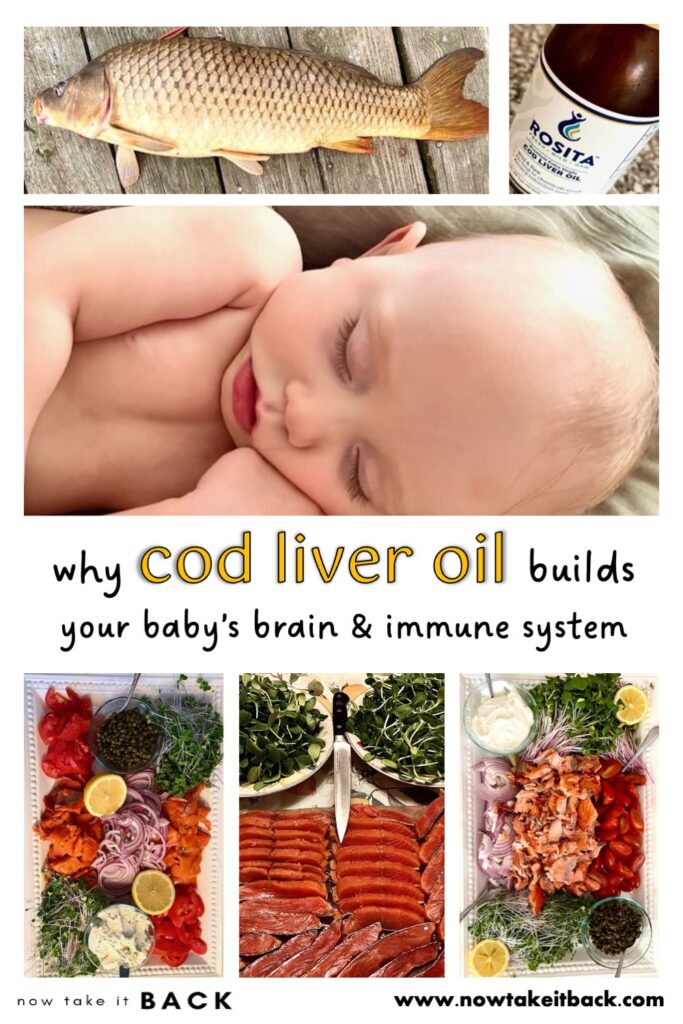
What’s in Cod Liver Oil?
Cod liver oil contains vitamin A, vitamin D, and long-chain, omega 3 polyunsaturated fatty acids docosahexaenoic acid (DHA) and eicosapentaenoic acid (EPA).
Vitamin A
Vitamin A is a crucial component of many important and diverse biological functions, including reproduction, embryological development, cellular differentiation, growth, immunity, and vision.
“The Role of Vitamin A in Wound Healing,” Nutrition in Clinical Practice
Vitamin D
Vitamin D plays important roles in bone health and mineral homeostasis, immune modulation, muscle function, nervous system function, control of the renin-angiotensin system, control of insulin secretion, skin function, regulation of apoptosis, and regulation of cell growth.
“Fish Oil versus Cod Liver Oil: Is Vitamin D a Reason to Go Back to the Future,” Journal of the American Board of Family Medicine
Omega 3s
The long-chain omega-3 polyunsaturated fatty acids . . . are known to reduce inflammation and promote its resolution. . . Evidence for benefits in cognitive health, age- and disease-related decline in muscle mass, cancer treatment, surgical patients and critical illness was identified.
“Expert Opinion on Benefits of Long-Chain Omega-3 Fatty Acids (DHA and EPA) in Aging and Clinical Nutrition,” Nutrients
Long-chain omega-3 . . . have been linked to human health in all stages of life, from fetal development to aging. . . The recognizable effects [include] prior to pregnancy (oocyte maturation), during pregnancy (improvement in the risk of premature delivery . . .) and in the offspring (in terms of cognitive function and the approach to neurodevelopmental disorders) . . .
“Omega-3 Fatty Acids and Fecundation, Pregnancy and Breastfeeding,” Revista Brasileira de Ginecologia e Obstetrícia
[A]ccumulating evidence in animal model studies indicates that the interplay between gut microbiota, omega-3 fatty acids, and immunity helps to maintain the intestinal wall integrity and interacts with host immune cells. Finally, human and animal studies have highlighted the ability of omega-3 PUFAs to influence the gut-brain axis, acting through gut microbiota composition.
“Impact of Omega-3 Fatty Acids on the Gut Microbiota,” International Journal of Molecular Sciences

How is Cod Liver Oil Used?
Historically, it has been used for protection against the cold and to treat rheumatism and rickets. In the 1840s, it was a successful, first-line treatment against tuberculosis.
CLO has been used to reduce blood glucose and lipid levels in women with gestational diabetes. Maternal consumption of cod liver oil during pregnancy is associated with higher birth weight in infants and has been shown to decrease the chance of congenital heart defects in infants.
CLO supplementation in the first year of life has been shown to decrease the chances of children developing type 1 diabetes. Consumption has also demonstrated decreased risk of upper respiratory tract infection in children by 36%-58%.
CLO consumption is associated with decreased symptoms of depression. It has additionally been shown to lower blood pressure and protect against atherothrombosis. It is associated with a decreased risk of death in cancer patients and is being studied for its synergistic anti-cancer effects.
Are There Risks in Consuming Cod Liver Oil?
I have tried many types of cod liver oil throughout the years and spent more money on fish oils generally than I care to admit. The reason why the issue is so complex and the process took so long to research can be summarized by one, critical fact:
Marine oils are chemically unstable and oxidize quickly.
n-3 LC-PUFAs are chemically unstable, so that marine oils rapidly oxidize during storage to a complex chemical soup of lipid peroxides, secondary oxidation products, and diminishing concentrations of unoxidized fatty acids. As a result, the composition of a fish oil supplement cannot be simply inferred from the labelled EPA and DHA concentrations.
“Oxidation of Marine Omega-3 Supplements and Human Health,” BioMed Research International
I have read way too many articles by lipid scientists and biochemists that use very complex language and go into excruciating detail about the chemical instability of monounsaturated and polyunsaturated fats. What I have gleaned from all this research is that the only fat that is capable of maintaining its chemical integrity (and therefore its nutritional profile) is saturated fat.
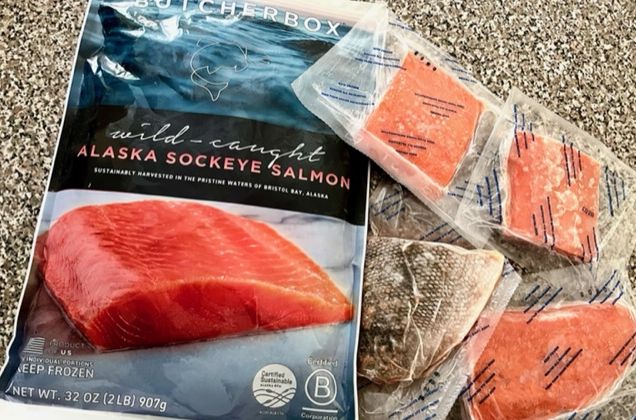
Critical, but Unstable, Fats: Omega 3s
Omega-3 long-chain polyunsaturated fatty acids (n-3 LC-PUFAs) are essential for basic human health and longevity. They have well-established and profound anti-inflammatory benefits, but are notoriously difficult to source from food in adequate levels.
Food sources of omega 3s include:
- ALA (alpha-linolenic acid): flax seeds, chia seeds, and walnuts
- DHA & EPA: almost all seafood, especially salmon, herring, sardines, and trout
- ALA, DHA, & EPA in lower amounts: grass-fed beef and poultry, eggs and dairy products from pastured animals
Without exception, the highest concentration of non-synthetic DHA & EPA omega 3s are found in fish oils.
Fish Oil versus Fish Liver Oil
Fish oils contain high levels of omega 3s. Fish liver oils contain omega 3s and vitamins A & D. Vitamins A & D are fat-soluble vitamins, meaning that they need to be consumed with fat in order for the body to recognize and use them. Vitamin D is best absorbed by the body with synergistic vitamin A and omega-3s.
In short, taking vitamins A, D, and omega 3 supplements separately is nutritionally inferior to taking them together. Likewise, taking a real-food form of these supplements is nutritionally superior to taking a synthetic version. Cod liver oil naturally contains vitamins A, D, and omega 3s in a ratio that makes them optimally bioavailable to the human body.
Chemical Instability of Marine Oils
Both fish oil and fish liver oil contain omega 3s, which are polyunsaturated fats, meaning they are chemically unstable and easily damaged by heat, light, and oxygen. Oxidation can produce changes in fatty acid content, volatiles, isoprostanoids, and oxysterols. Maternal consumption of rancid fish oils have led to high newborn mortality in animal studies.
Sourcing a marine oil with minimal oxidation can seem impossible, given that these oils begin to oxidize the moment they leave the animal. From my perspective, spending money on a food/supplement that is supposed to deliver some of the hardest-to-source nutritional building blocks in nature is both stupid and pointless if the majority of those building blocks are damaged/destroyed in the production process.
I jumped from fish oil brand to cod liver oil brand in an expensive and time-consuming attempt to find something I trusted enough to give to myself during pregnancy and my babies. Eventually, I discovered Rosita cod liver oil, and this is what my family currently consumes.
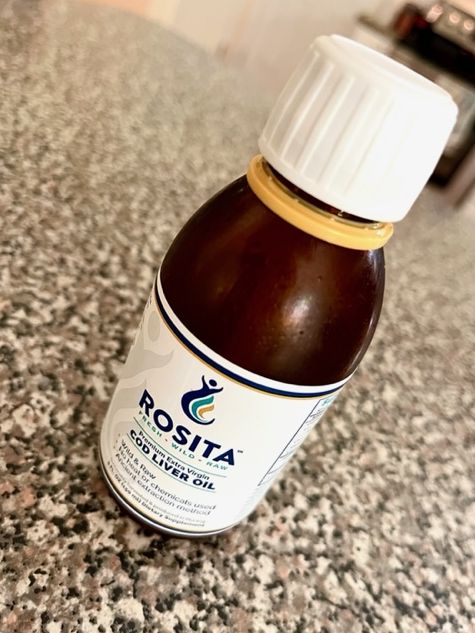
Why Choose Rosita Cod Liver Oil?
Rosita is a Norwegian company committed to “well-being, transparency, purity, and sustainability,” and their flagship product is “raw, extra virgin” cod liver oil.
Norwegian History
The origin of the use of cod liver oil as a food dates back to the Viking Era (late 700s to 1100) . . . The Vikings consumed most of the fish liver oil during the cold months when the days were shorter and lacked sunlight. . . Highly valued for its powers of healing, strength and energy the pure, raw oil was called “Gold of the Ocean” by the Vikings of Northern Norway.
“The Viking Experience,” Rosita
Based on its tremendous healing powers, cod liver oil extracted from the Gadus Morhua species of cod came to be known as “true” cod liver oil. The banks of the Lofoten Islands in Norway became the Mecca of cod liver oil production, due to huge shoals of this species of cod, unmixed with other species. No other locality in the world had such a vast resource of cod so well suited to the production of medicinal cod liver oil.
“A Medicinal is Born,” Rosita
Fishing & Harvesting
Rosita sources their cod from Norway’s fjords on small, family-owned and operated fishing vessels. They sustainably line-catch their cod to protect the bird and fish populations. The livers are then hand-harvested and inspected and only healthy livers from freshly-caught cod are selected for oil release.
Extraction & Bottling
Rosita describes their extraction method as never using “heat, chemicals, solvents or mechanical devices.” Their “ancient” process never exceeds 50 degrees Fahrenheit, thereby preserving the fragile vitamins and omega-3s. They simply expose the fresh livers to a “gentle shift in temperature,” which causes the livers to naturally release their oils.
The oil is then decanted, and filtered through contaminant and sediment filters. Finally, very small amounts of rosemary and vitamin E extract are added as natural antioxidants, and the oil is bottled in amber glass to prevent it from oxidizing. You can watch a video of the process on their website.
Patent & Testing
Rosita holds a patent developed with the University of Stockholm for their method of heat-and-chemical-free cod liver oil purification.
Rosita fish liver oil is “third-party tested in a microbiological lab and certified to meet strict European regulations for potency and purity.” Rosita fish liver oil undergoes heavy metal testing for mercury, cadmium, lead, and arsenic, and organic contaminant testing for dioxins, polychlorinated biphenyls, and benzo(a)pyrene. You can view their test results here.
Health Benefits
A single teaspoon of Rosita provides: 78% of your daily requirements for vitamin A and 98% of your daily requirements for vitamin D.
“The Health Benefits of Cod Liver Oil,” Rosita
- immune, vision, and reproductive support
- skin, bone, and brain/cognitive support
- supports cellular communication and formation of vital organs
Dr. Weston A. Price. . . traveled the world in the 1930s, studying indigenous peoples . . . [he] found that . . . traditional diets . . . contained much higher levels of vitamins A and D (and minerals) than the modern diets of the U.S. and Europe . . . he recommended nutritional supplementation with fresh, cold-pressed cod liver oil and avoidance of processed foods.
“Benefits of cod liver oil, discovered by Dr. Weston A. Price, DDS,” Rosita
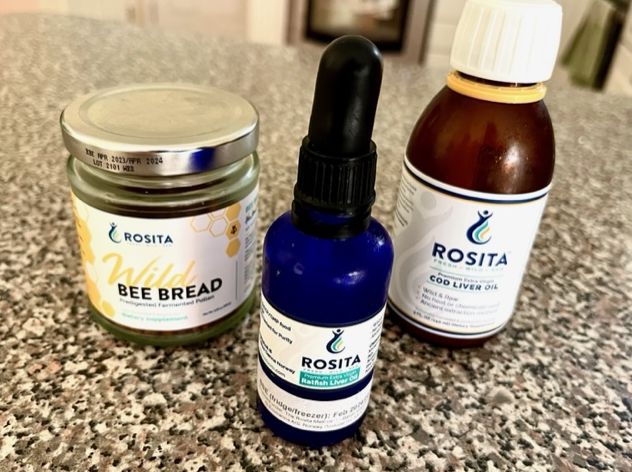
My Experience with Rosita Products
I have used Rosita products for the past 4 years. In between my second and third daughters, I did some intensive work on my physical and mental health, and I consumed cod liver oil regularly. I consumed cod liver oil, ratfish liver oil, and bee bread prior to and during my pregnancy with and after the birth of my third daughter. She is beautiful, strong, alert, and active.
I do not attribute this to one single product, supplement, or lifestyle change. There are too many factors involved contributing to the obvious and radiant health of my third daughter. That said, I believe Rosita products have contributed significantly to the tangible improvements in my health over the past 4 years.
Taste and Quality
Rosita’s cod liver oil and ratfish liver oil has a light, pleasant taste and aroma, similar to that of fresh sushi. I love fish, so the fresh fish taste bothers me not at all. The bottles have always arrived in perfect condition, sealed and protected from light, and I refrigerate them upon opening.
Dosage
I typically take 1 teaspoon per day. On days that I feel particularly run down, I’ll take 1 teaspoon in the morning and 1 in the evening before bed. I notice a definite improvement in my energy on days that I take the oil versus days that I forget to take it. Rosita recommends 1/2 to 1 teaspoon daily for adults.
Liquid versus Softgels
Rosita offers their extra virgin CLO in both liquid form and softgels. Because I love fish, the liquid is easy for me to consume, and I don’t experience fishy burps. Both the gels and the liquid are the same price for 30 servings per bottle.
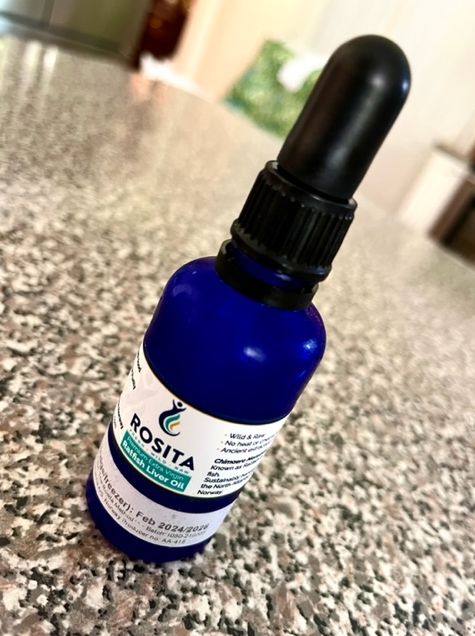
Ratfish Liver Oil
Rosita also offers liver oil from the ratfish, Chimaera monstrosa. It is similar in nutritional profile to cod liver oil, except that it has naturally occurring vitamin E. The health benefits of ratfish liver oil include:
- alkylglycerols (biologically active lipids): up to 33%
- vitamin A: in the active, retinol form
- vitamin D3: the most bioavailable, cholecalciferol form
- vitamin E: naturally occurring antioxidant
- omega-3 fatty acids: up to 54 mg/g of omega-3s, including 24.4 mg/g EPA and 15.7 mg/g of DHA
- phytosterols (plant sterols) and quinones (dietary plant compounds)
My second daughter has a very rare genetic disorder, a component of which is Leber Congenital Amaurosis, which causes retinal degeneration. She currently has some functional vision, but we are doing everything we can to slow down the predicted degeneration. Since her diagnosis, I have been giving her ratfish liver oil for the retinol and antioxidant content. She is very good at taking her “drops” since she has been doing it since infancy. I typically give her 3-5 drops per day; it takes us 3-4 months to go through a 50 ml bottle.
The heavy metal and organic contaminant test results for Ratfish Liver Oil are available here.

Wild Bee Bread
The third product that Rosita offers is Wild Bee Bread, a “lacto-fermented, hive-stored pollen that’s rich in enzymes and natural nutrients. . . made by giant rock bees (Apis dorsata) from . . . India.” The health benefits of bee bread include:
- antioxidant, antimicrobial (antibacterial, antifungal, antiviral) and anti-inflammatory properties
- may support intestinal flora, the digestive and immune systems, liver and prostate health, urinary health, fertility and libido . . . cardiovascular health, concentration and memory, nervous and endocrine system function
- may act as a mild detoxifying agent and ease mild allergies
I consumed Wild Bee Bread while trying to get pregnant and during the first trimester of pregnancy with my third daughter. I stopped when pregnancy nausea was at its peak and didn’t start taking it again until breastfeeding. It is similar in taste to pollen, and my husband is also taking it now to help with his springtime allergies. We typically take 1 teaspoon per adult, per day.
The microbiological and heavy metal analysis for Wild Bee Bread are available here.
Where to Source Rosita Products
You can find Rosita products for purchase on their website. They have a subscribe-and-save (5% discount) option, as well as a loyalty rewards program. Their cod liver oil and softgels are also available on Amazon.
What to do if Rosita is Too Expensive
There’s no real getting around this one, unfortunately. The United States is a country that attaches an absurd price-tag to most things that benefit health. I personally feel that I am either going to spend money on high-quality food and supplements, or I’m going to spend it on medical bills for issues that arise from a low-nutrition diet.
Top 3 Supplement Categories
Generally, there are 3 types of supplements that I try to prioritize/budget for, (although I add prenatal vitamins to this list for the pregnancy/childbearing years):
- probiotics
- sodium ascorbate (vitamin C)
- cod liver oil
Our modern diet is so depleted in these three nutrients, and they are so essential to health that I believe supplementation is necessary. However, all of these things can be sourced from high-quality, nutrient-dense food.

Eat More Seafood
Fish is one of those things that I wish we could afford to eat more because it is so abundantly healthy. Many of the blue zones eat a diet rich in seafood. The risk of heavy metal contaminants can usually be mediated by consuming chlorella (an algae) along with your seafood so that it binds to any heavy metals and safely escorts them from the body.
Our family tries to eat seafood at least once a week. High-quality seafood is cost-prohibitive so we have to weigh the cost against the health benefits. My favorite sources of seafood are Sitka Salmon Shares and Sea to Table. We also regularly fish for local catfish, perch, carp, and rockfish. Salmon, however, is hard to beat for its nutritional profile. Here are three versions of salmon dinners at our house:
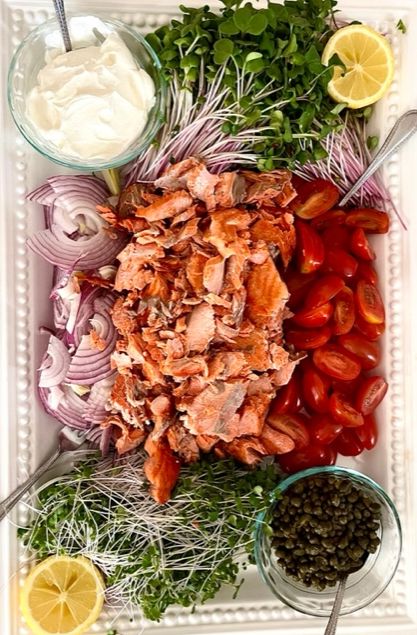

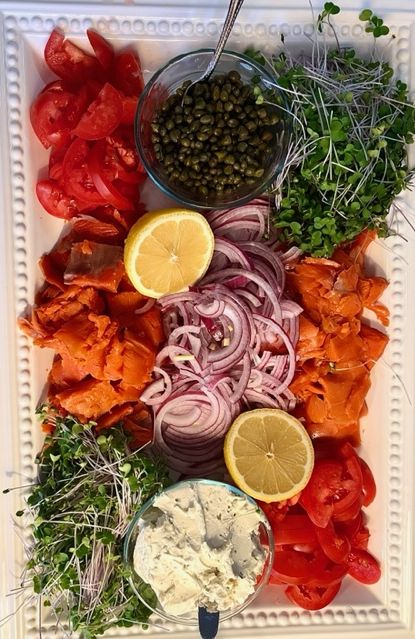
Gravlax is our favorite way to eat salmon. This method of salt-curing the fish preserves delicate brain-building fats and other nutrients. See my recipe for Blood Orange & Dill Gravlax here!
Why I Continue to Purchase Rosita’s Fish Liver Oils
I am a big believer in trying to cover all of your nutritional bases with a high-quality, varied, local, wild, foraged, and organic diet. However, I am not willing to gamble with certain health concerns. I am also a product of several generations of nutritional depletion, and I’m trying to compensate for that inherited lack during my childbearing years and in what I choose to feed to my children.
Cod liver oil is first a food, not a supplement. It’s such a full-spectrum health powerhouse that I find it worth the money and time to source it properly. It’s also hard to deny the impact it has had on my personal health over the past few years.
Share Your Experience Below
What is your experience with marine oils generally and cod liver oil in particular? Have you heard of Rosita before? Leave a comment below and share your story!
“eat more seafood”
is 1 of the 7 action-driven principles for taking back mental & physical health from my

